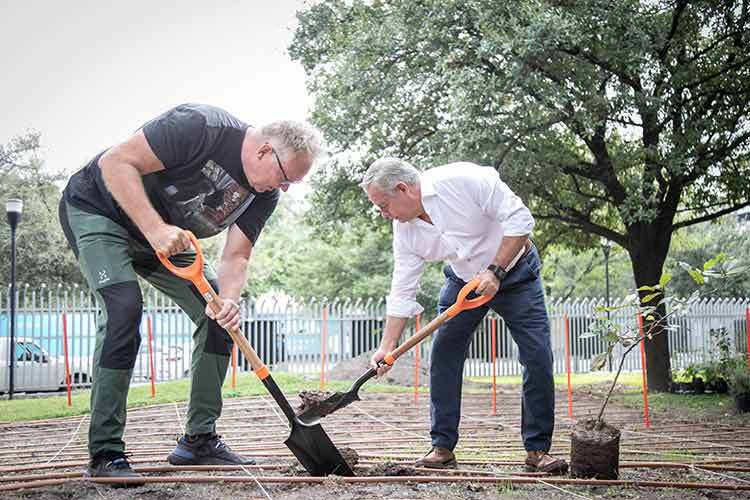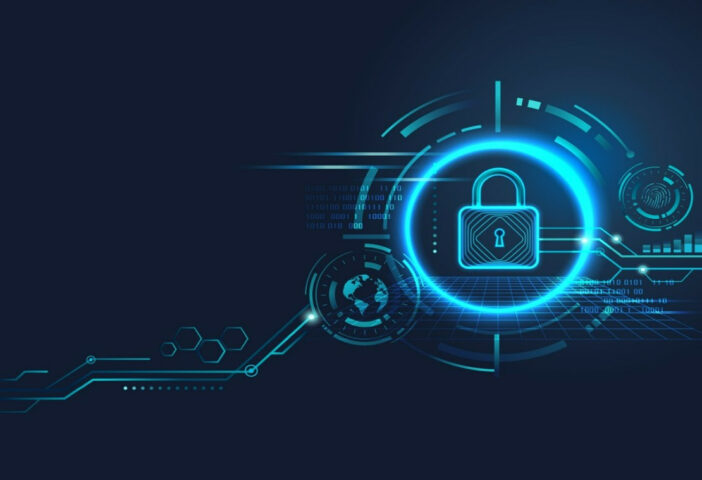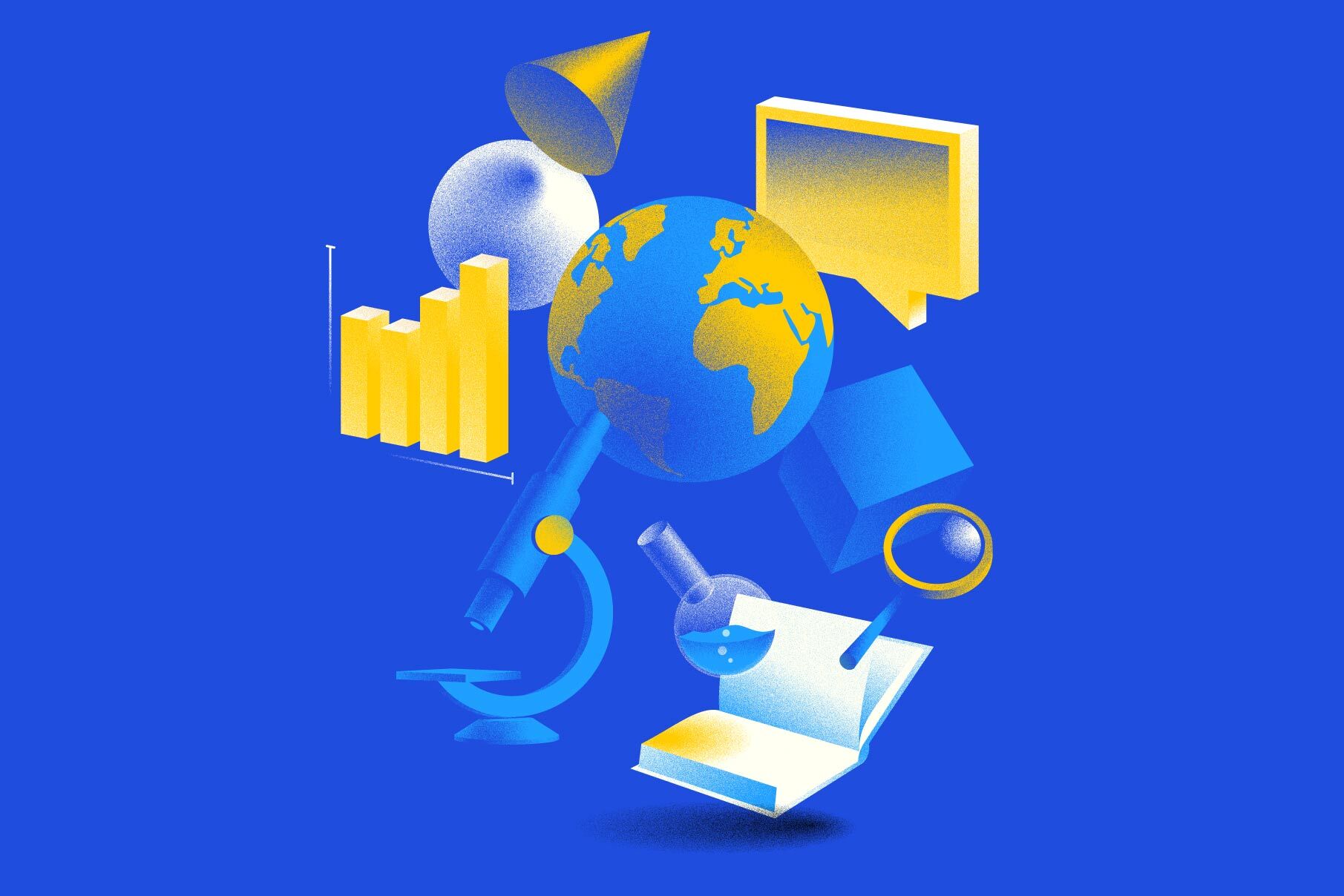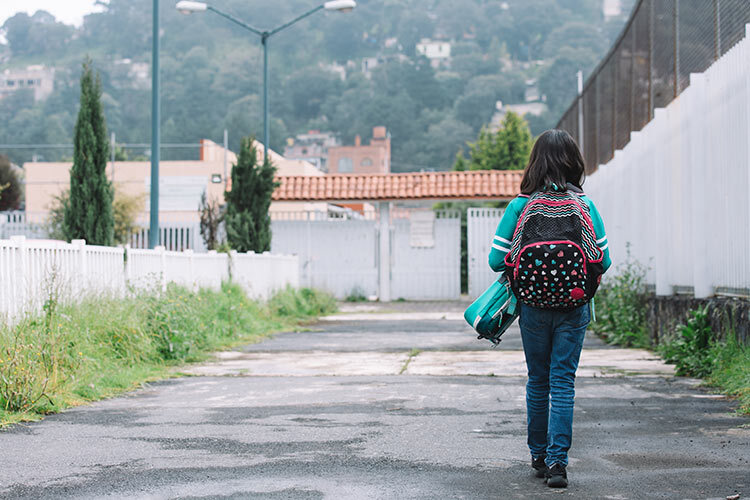Deforestation is a critical global issue. According to the Global Forest Review, 4.1 million hectares of tropical forests were lost worldwide in 2022 due to fires and other causes—that’s the equivalent of 11 soccer fields disappearing every minute. Additionally, the Food and Agriculture Organization of the United Nations (FAO) reports that since 1990, 420 million hectares have been lost to land-use conversion.
To tackle this global challenge, research teams are exploring strategies to restore forests in different regions of the world—even in urban areas with just a few square meters of available space. One promising approach is the Miyawaki Method, which has been shown to accelerate forest growth up to 10 times faster and increase tree density by a factor of 30 compared to conventional methods.
This concept was developed by Japanese botanist Akira Miyawaki, who aimed to encourage tree and plant growth, conserve water, and improve soil quality. The technique involves planting more than 100 different native species in the same area to foster competition for space, leading to a more resilient and diverse ecosystem.
In a natural vegetative environment, an ecological process known as succession occurs in stages: first, grasses take over the land; then, shrubs start to grow; and finally, trees establish themselves. With the Miyawaki Method, these three stages happen simultaneously, drastically speeding up the natural growth process.
Beyond its rapid growth rate—about one meter per year—this technique offers additional benefits, such as noise reduction and the ability to capture airborne particles and CO2 up to 30 times more effectively than traditional reforestation methods.
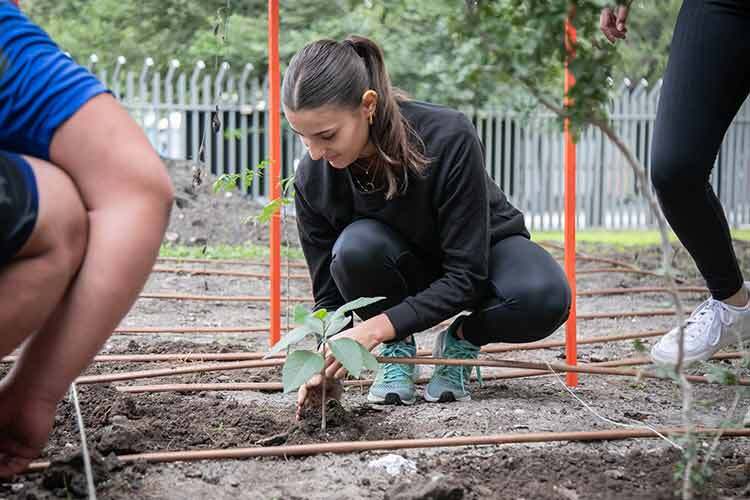
Tiny Forest: The Tec Project Using the Miyawaki Method
At Tec de Monterrey, a group of researchers and professors drew inspiration from the Miyawaki Method to launch Tiny Forest, a project aimed at rapidly growing hundreds of trees, shrubs, and herbs. The forest will also have sensors to monitor moisture levels and plant growth.
This green space is located on the Monterrey campus, occupying a 10-square-meter area near two major avenues. Rob Roggema, a distinguished professor at the School of Architecture, Art, and Design (EAAD), a member of the Faculty of Excellence initiative at Tec, and an expert in regenerative design, explains that around 350 trees and plants have already been planted there—with plans to increase that number to 600. This dense planting is expected to absorb more CO2 and trap more pollutants than a conventional forest.
“We want it to grow to the point where, in two years, it won’t need maintenance because it will have transformed into a natural forest with 30 times more trees. It will capture 30% more CO2, achieve a noise reduction of over 3,000%, and host 300% more species of animals and insects,” Roggema stated.
The project incorporates native species from the region, including three types of oak, mesquite, ebony, anacua, huizache, and anacahuita, along with shrubs such as cenizo, lantana, and hierba del potro, among others. The plants were arranged randomly within the 10-square-meter plot, where a grid system was also designed to organize the vegetation and integrate an irrigation system.
Within a couple of years, the forest could reach a height of two to three meters and become home to various types of wildlife—insects, birds, and small mammals.
Mario Adrián Flores, Vice President of the Monterrey Region at Tec, emphasized that, beyond greening the city, this initiative contributes to climate change mitigation.
“If this Japanese methodology proves effective, we can replicate it in the Tec District and other parts of the city. The CO2 absorption, reduction of vehicular noise, and benefits for insect, bird, and animal species can help regenerate this space,” the vice president noted.
He also highlighted the experience of planting a tree alongside professors, researchers, and students, fostering awareness about environmental stewardship.
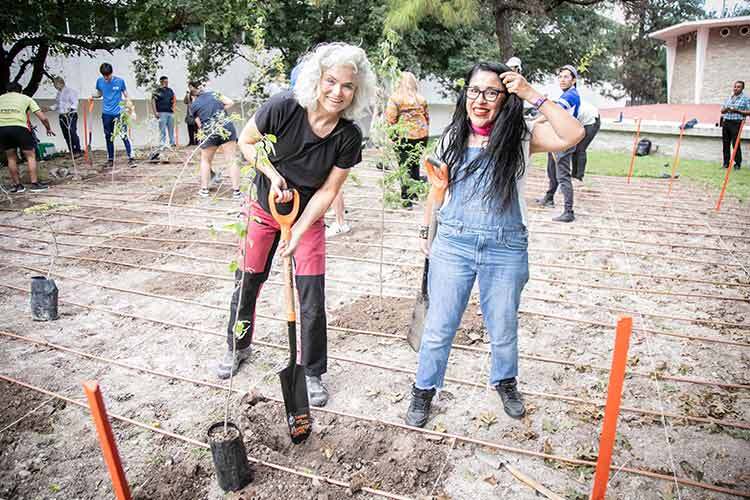
A Small Forest Where Nature and Technology Coexist
The Tiny Forest is an interdisciplinary project that will feature sensors for various indicators. These devices will be monitored by research teams from the School of Engineering and Sciences (EIC) and members of the Faculty of Excellence, including distinguished professor Francisco Falcone.
The sensors embedded in the forest measure humidity levels, temperature, CO2 concentration, air quality, and particulate matter; they also assess tree growth and leaf surface area. Additional devices will be placed around the trees to monitor noise levels, as explained in an interview by Professor César Vargas, who leads research groups in Telecommunications.
“Once the trees are planted and begin to take root, we will conduct the initial measurements; thereafter, we can take readings every six months to allow for their growth,” the researcher added.
Roggema noted that the future goal is to develop an application that receives and processes all this information in real time, allowing remote access via any internet-enabled device. The data collected could be useful for other research projects examining the impact of “Tiny Forests” in their surroundings.
“With our students and faculty, we have the capacity to go beyond simply planting a tree. The forest can also become a living laboratory that helps us better understand the behavior of plants and trees through the use of technology,” commented Mario Adrián.
Did you find this story interesting? Would you like to publish it? Contact our content editor to learn more at marianaleonm@tec.mx
